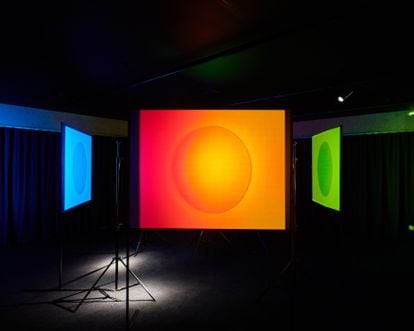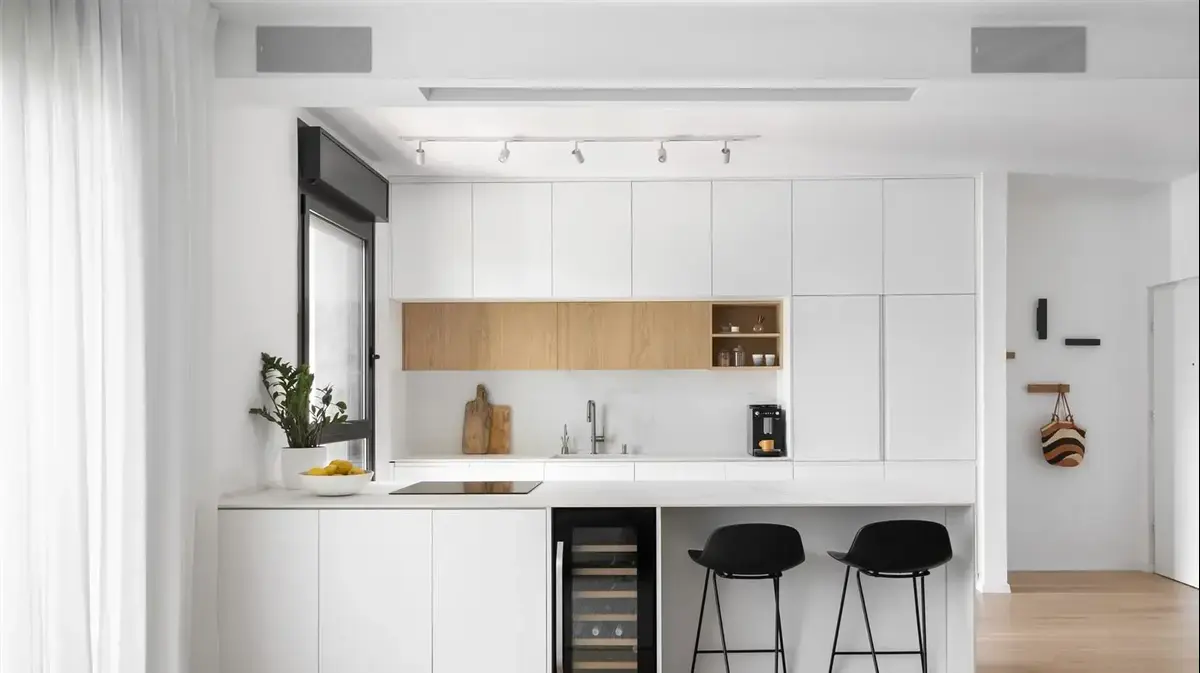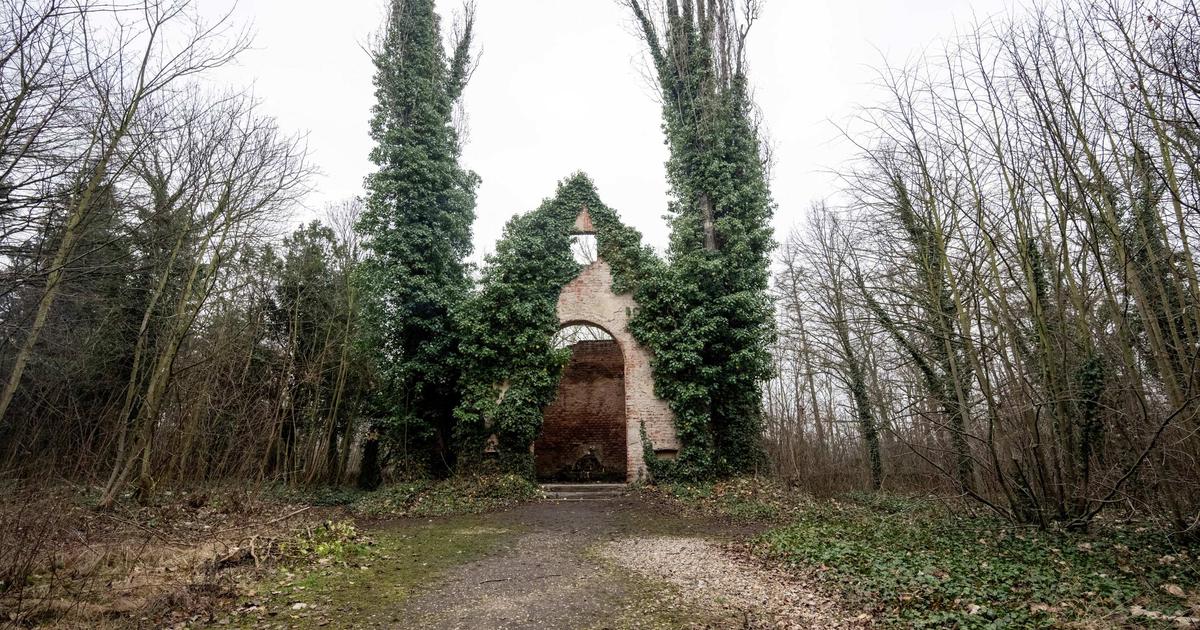The industrialization of electricity in the 19th century not only allowed energy and lighting to be brought to factories, streets and homes.
That development transfigured, from a radical perspective, the way of conceiving and materializing art.
Not just the visual.
“Music was also transformed”, stresses Peter Weibel, electronic artist, curator and theoretician, one of the most influential of our time, as well as president of the ZKM (Karlsruhe Center for Media Art and Technology, in Germany). .
“From reaching a few people in its unplugged version, the music became available to thousands”, he illustrates.
The same thing happened with art, which, converted into cinema, became popular at an unusual speed.
More information
From the Tsar's power station to a temple of modern art with the Renzo Piano signature
Outstanding thinker of the crossroads between creation and technology, Weibel highlights electricity as the most transcendental tool among all those that have been defining the history of art.
“It allows you to mimic movement and also create real movement.
And movement is life”, he sentences.
Upon that pillar he has raised
Kinetismus
, the exhibition, in his words, “unique in Europe”, which he has curated for the opening of the Kunsthalle in Prague.
Installed in an old power plant from the 1930s at the foot of the city's castle, this new contemporary art center opens its doors to the public on Tuesday, February 22.
A private and non-profit initiative, it has been financed by the Pudil family Foundation, a patron of Central European art.
Only the rehabilitation of the building has cost 35 million euros.
Like the inaugural exhibition itself, the institution aspires to give light and impetus to Czech and international contemporary artistic creation, through a program of between six and eight annual temporary exhibitions together with educational programs, workshops and meetings.
The century of biomedia
Weibel speaks in fast-paced English with a thick German accent.
He is Austrian, born in Odessa, Ukraine, in 1944. With just a few days to go before the opening of the exhibition and the Kunsthalle, he finds himself sitting in front of one of the works on a tour that does not pursue a chronological approach but weaves connections through basis of conceptual, morphological and semantic coincidences.
This is
Portrait of the fly
(2015), by Laurent Mignonneau and Christa Sommerer, a white screen with a swarm of digital flies that regroup when they capture movement to outline the silhouette of the viewer standing in front of it.
The outline of Weibel is now visible, her head bowed as she chats passionately.
“The 21st century will be the era of biomedia”, dictates the artist about the representative importance of this work, which is based on an algorithm and the detection of light contrasts.
To arrive at a work like this, the exhibition travels an experimental path with more than 90 pieces by almost the same number of artists, including Weibel himself and names that mark some of the milestones of the last century, from Man Ray to Marcel Duchamp, Naum Gabo, Carlos Cruz-Díez, Julio LeParc and the Czechs Michael Bielicky and Kamila B. Richter.
Crystallized in the creations of artists from all walks of life, electronic art has developed through what Weibel calls the “four Cs”: cinematography, kinetic art, cyber art, and computational art.
In these subgenres, the exploration of movement and light materializes from its direct representation in the movies to the figurative action that emerges from the bidirectional reading of a palindrome placed on a circumference (
In girum imus nocte et consumimur igni,
1997, by Cerith Wyn Evans).
VOJTECH_VESKRNA
If Weibel is sitting in front of a work that represents what he considers the future of the medium, just behind him is a sculpture that both he and those responsible for the Kunsthalle praise as a key reference for understanding the past.
Not only in terms of the exhibition, but for the existence of the exhibition center itself: a kinetic and luminescent piece by the artist and architect Zdeněk Pešánek (1896-1965).
"He was the first to introduce light and movement into sculpture," says Weibel, stressing that, "after 80 years," the English translation of his writings just published by the Kunsthalle represents the first and only initiative for getting his thoughts out of the Czech language.
“He was a pioneer in experimenting with the impact of electricity in the creation of modern art;
Pešánek, who always considered himself a spiritual companion of the creators of the avant-garde, could never really make a place for himself on the scene of his time.
After him, many others failed to find his place in history for political reasons.
Commissioner Havranek raises a similarity between the communist stage and what happened in Spain during the Franco regime.
“Between 1945 and 1989, many artists didn't get visibility because they weren't allowed to work freely,” she notes.
Bringing those names out of oblivion and putting the spotlight on young Czech creators has thus become one of the fixations of the Kunsthalle, for whose building, the old gray power station at the foot of the castle, Pešánek imagined kinetic sculptures that They never got installed.
A work exhibited in the exhibition 'Kinetismus'.VOJTECH_VESKRNA
The imprint of Pešánek and the inspiration of the intersection between art and technology have served to breathe the first breath into the Kunsthalle.
As its director, Ivana Goossen, points out, the institution aspires both to promote
new media art
as the more traditional creative forms, such as painting and sculpture, giving opportunities to young artists without forgetting the connections with the international scene.
"We want to contribute to the revitalization of Czech art and support the creation of interdisciplinary and innovative projects," he sums up.
That the center —which has 5,700 square meters of exhibition space— has received the German name Kunsthalle (literally, art room), adds Goossen, has a lot to do with that intention.
“Compared to museums, the Kunsthalles host temporary exhibitions, and that is our motivation,” he says.
Through constant change, they want to generate lasting influence.
Although it has its own collection, made up of the legacy of the Pudil family and long-term loans from numerous international collectors, the Kunsthalle does not plan to display these works, currently some 2,000, permanently.
"That is not our project," Goossen ditches, explaining that they will keep this collection, which they aspire to expand to 10,000 contemporary pieces, in the institution's warehouses.
Some will be used, however, in the temporary exhibitions that they organize.
And they will all be available for consultation on the internet and in print publications.
Of the two exhibitions that they plan to keep open simultaneously (one of greater scope and another complementary), they will dedicate some to the didactics of collecting, a practice that, after all, provides their reason for being.
"We want to help people discover art," sums up Goossen.
“Both those who are starting out in contemporary creation, as well as those who already have experience”.
Exclusive content for subscribers
read without limits
subscribe
I'm already a subscriber


/cloudfront-eu-central-1.images.arcpublishing.com/prisa/CSMOMQE7TREMNKPX5EUQTHCWJQ.jpg)

/cloudfront-eu-central-1.images.arcpublishing.com/prisa/ZUSCQAAVDZB4ZG3O6HXHMJFWCI.jpg)




